 Understanding the Critical Role of Systems Approach in Urban Railway Projects
Understanding the Critical Role of Systems Approach in Urban Railway Projects Exclusive Interview with Ms. Serda Urganciyan, Partner-CEO at Studio 88 Architecture
Exclusive Interview with Ms. Serda Urganciyan, Partner-CEO at Studio 88 Architecture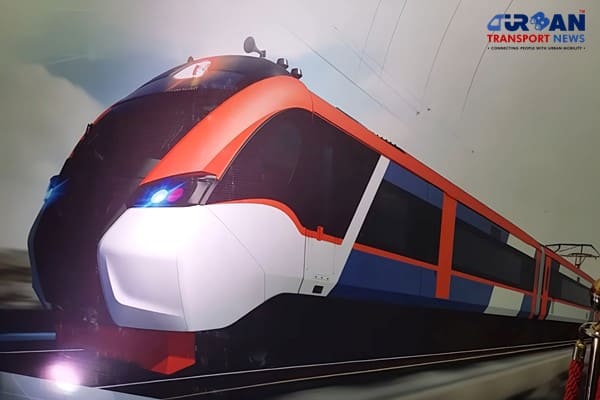 Titagarh Rail Systems set to deliver first sleeper Vande Bharat Train by late 2025
Titagarh Rail Systems set to deliver first sleeper Vande Bharat Train by late 2025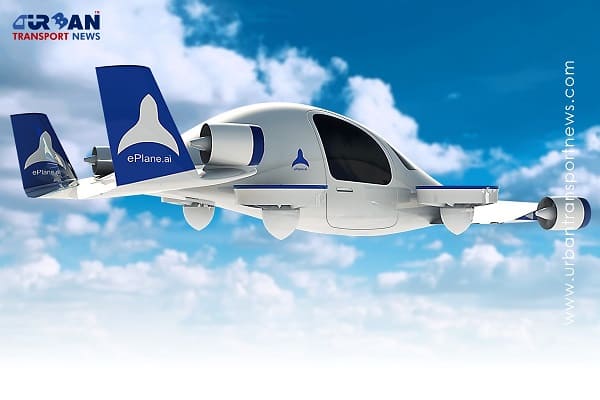 UAE's First Vertiport gets Operational approval, A game-changer in Autonomous Transportation
UAE's First Vertiport gets Operational approval, A game-changer in Autonomous Transportation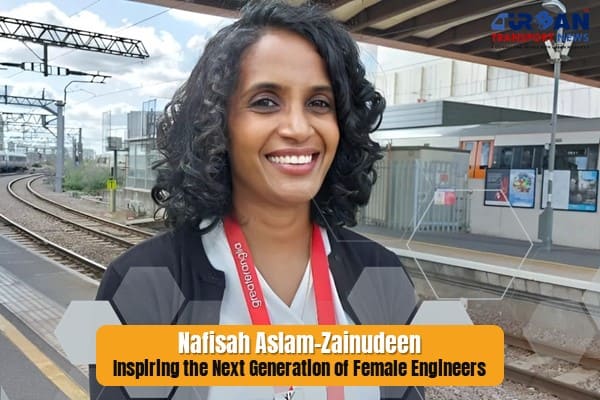 Nafisah Aslam-Zainudeen: Inspiring the Next Generation of Female Engineers
Nafisah Aslam-Zainudeen: Inspiring the Next Generation of Female Engineers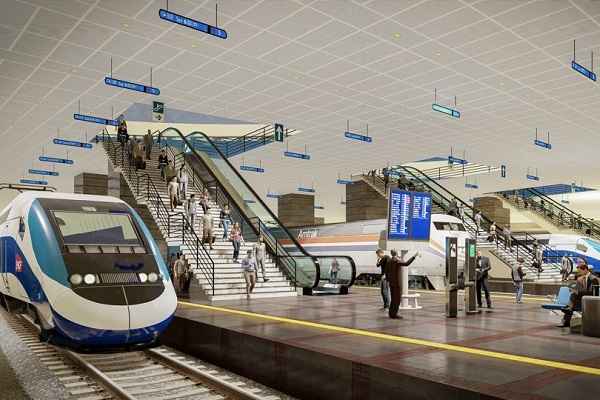 DRA-DMRC JV awarded major contract for redevelopment of Ahmedabad Railway Station
DRA-DMRC JV awarded major contract for redevelopment of Ahmedabad Railway Station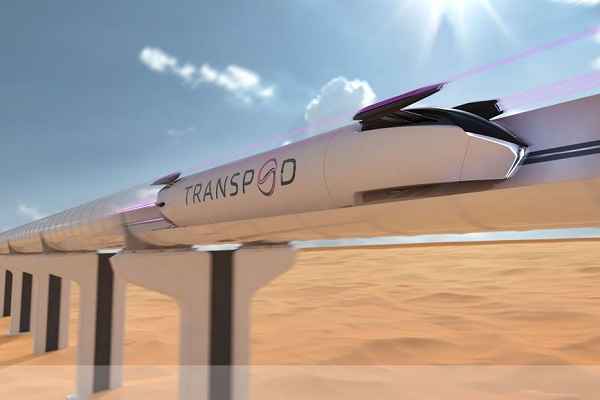 Revolutionizing Transportation: Hyperloop Technology in Saudi Arabia
Revolutionizing Transportation: Hyperloop Technology in Saudi Arabia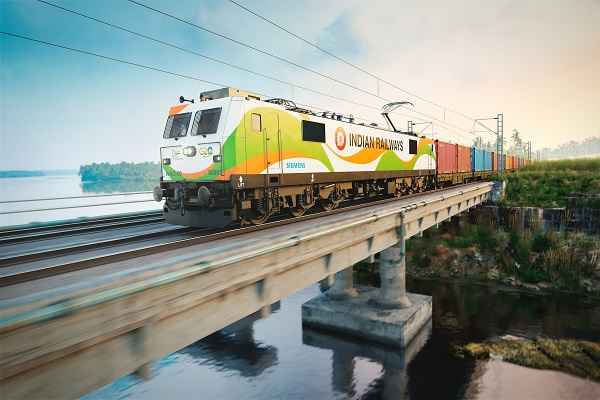 India is not just a market, it is becoming a beacon of hope for the future: Siemens AG
India is not just a market, it is becoming a beacon of hope for the future: Siemens AGSATEBA acquires Rail Business of De Bonte Group in Belgium
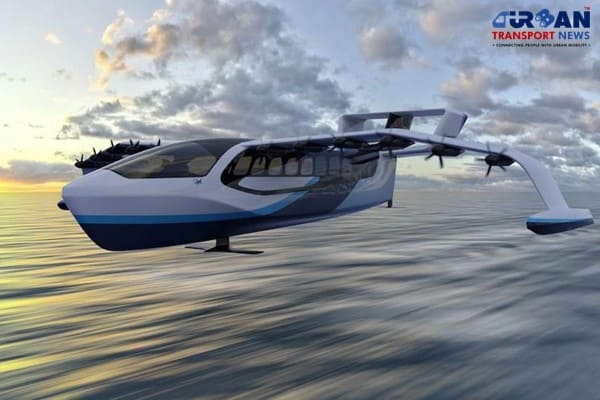 Regent to launch High-Speed Seagliders to transform coastal transportation in UAE
Regent to launch High-Speed Seagliders to transform coastal transportation in UAE
Charting the Future Rails: Indian Railways' Journey into 2024 and Beyond
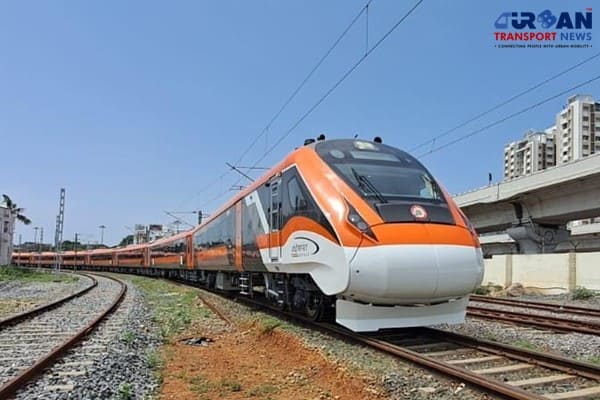
As the calendar turns its pages into the promising year of 2024, the canvas of Indian Railways (IR) unfolds with a myriad of achievements and challenges, painting a dynamic picture of one of the world's largest railway networks. The concluding chapters of 2023 reveal a multifaceted terrain, showcasing commendable strides in infrastructure development, yet grappling with underwhelming freight loading and financial outcomes that fall short of anticipated growth. As we delve into the intricacies of IR's performance, a nuanced panorama emerges, setting the stage for an in-depth examination of what lies ahead on the tracks of this colossal railway system.
Positive Strides
Dedicated Freight Corridors and Connectivity Triumphs
Dedicated Freight Corridors (DFCs): Overcoming historical delays, significant progress graces the two DFCs nearing completion. Despite cost escalations, the prospect of enhanced freight transport capabilities signifies a commendable milestone, promising a reduction in logistics costs.
Udhampur-Srinagar-Baramulla Rail Link (USBRL): Long-plagued by sluggish progress, purposeful execution in 2023 resolves major hurdles. The anticipation of the first Delhi-Srinagar train signals a positive shift, enhancing connectivity and national security.
Mumbai-Ahmedabad High-Speed Rail: Administrative delays with the previous Maharashtra state government impacted this project. Recent progress with the change in government signals a more promising future, aiming for full operational status by 2028-29.
Vande Bharat Express Train Deployment: A noteworthy shift in India's higher-end travel landscape unfolds. The increased deployment of Vande Bharat Express Train signifies a transformative change, with 50 in service by the end of 2023, revolutionizing intercity travel.
Challenges and Negatives
Operational Hurdles and Safety Concerns
Vande Bharat Deployment Challenges: Deployment of some Vande Bharat trains on political merit raises concerns about poor occupancy, challenging the rationale behind such decisions. Delays in developing the Sleeper version and sluggish track upgrades remain unaddressed.
Safety Concerns: Despite five years of improving safety records, serious accidents mar the progress, emphasizing the critical need for prioritizing rail safety and infrastructure enhancements. The Balasore incident and subsequent accidents underscore the urgency in this regard.
The Road Ahead
Prioritizing Safety, Infrastructure, and Sustainability
Safety and Infrastructure Upgrades: The focus for 2024 must pivot decisively toward enhancing rail travel safety, encompassing upgrades to tracks and signaling systems. Financial resources are available, urging IR to expedite innovative systems like Kavach for improved safety.
Electrification vs. Diesel Locomotives: IR's commitment to 'green' operations via electrification contrasts with the fate of its extensive fleet of nearly 5000 active diesel locomotives. The pursuit of Hydrogen trains alongside electrification efforts raises questions about the rationale.
Passenger Train Expansion: The introduction of 3,000 passenger trains aims to eliminate waiting lists, projecting increased passengers. However, concerns arise about oversight regarding capacity constraints and lack of clarity on implementation.
Freight Train Speeds: The reduction in freight train speeds due to doubts about BMBS systems on wagons poses challenges. IR must find ways to not only restore but enable increased speeds for both loaded and empty freight rakes.
IRMS Implementation Challenges: The IRMS, aimed at dismantling departmentalism, faces hurdles with low recruitment rates and internal competition for top positions. The morale of railway executives seems to have plummeted due to these challenges.
Financial Sustainability: Despite a growing economy, rail freight and revenue growth lag behind projections, posing challenges for long-term sustainability and investment plans. The question of how long the Central Government can fund this deficit from the GBS remains pressing.
A Call for Strategic Direction and Purpose
As 2024 approaches, Indian Railways stands at a crossroads. Strategic direction, aligned with initiatives like Gati Shakti and NLP, becomes paramount for sustained growth. The challenges outlined must be met with innovation, collaboration, and a clear vision to ensure Indian Railways navigates the tracks to a prosperous future.




